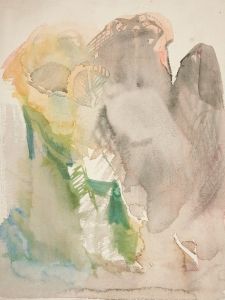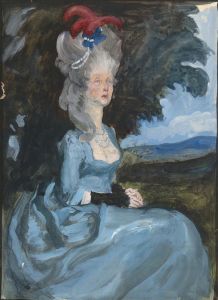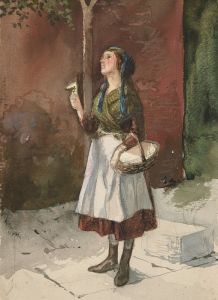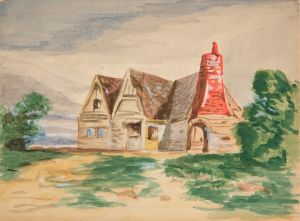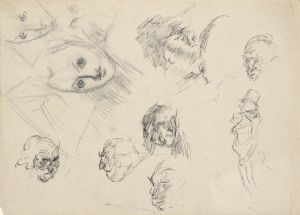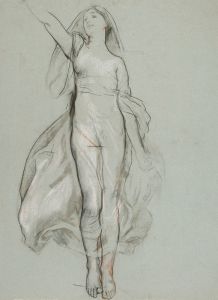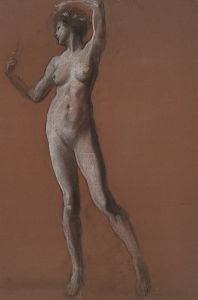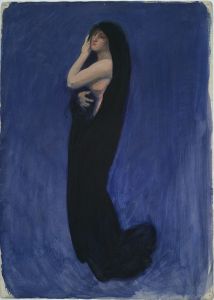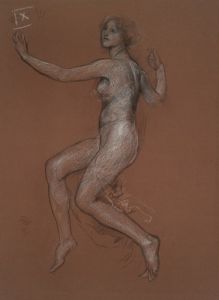
Study for a figure in ‘Valley Forge’ mural at the state capitol building in Harrisburg, Pennsylvania
A hand-painted replica of Edwin Austin Abbey’s masterpiece Study for a figure in ‘Valley Forge’ mural at the state capitol building in Harrisburg, Pennsylvania, meticulously crafted by professional artists to capture the true essence of the original. Each piece is created with museum-quality canvas and rare mineral pigments, carefully painted by experienced artists with delicate brushstrokes and rich, layered colors to perfectly recreate the texture of the original artwork. Unlike machine-printed reproductions, this hand-painted version brings the painting to life, infused with the artist’s emotions and skill in every stroke. Whether for personal collection or home decoration, it instantly elevates the artistic atmosphere of any space.
Edwin Austin Abbey, an American muralist and illustrator, created a series of murals for the Pennsylvania State Capitol in Harrisburg, Pennsylvania, in the early 20th century. Among these works is a study for a figure in the mural titled Valley Forge. This study represents Abbey's preparatory work for the larger mural, which is part of a series depicting significant moments in Pennsylvania's and the nation's history.
The Valley Forge mural is one of the panels in the Senate Chamber of the Pennsylvania State Capitol, completed in 1908. It portrays the hardships endured by the Continental Army during the winter encampment at Valley Forge in 1777–1778, a pivotal moment in the American Revolutionary War. Abbey's work captures the resilience and determination of the soldiers and leaders, including General George Washington, as they faced severe conditions and a lack of supplies.
The study for a figure in this mural demonstrates Abbey's meticulous approach to composition and detail. He was known for his thorough research and dedication to historical accuracy, often using live models and historical references to ensure authenticity in his work. This preparatory study likely served as a way for Abbey to refine the pose, expression, and clothing of one of the figures in the final mural.
Edwin Austin Abbey was commissioned to create the murals for the Pennsylvania State Capitol by architect Joseph Huston. Abbey's murals, including Valley Forge, are celebrated for their artistic quality and historical significance, contributing to the Capitol's designation as a National Historic Landmark. Abbey, however, passed away in 1911, leaving some of his planned works for the Capitol incomplete.
The study for the Valley Forge mural is an example of Abbey's skill as a draftsman and his commitment to creating meaningful and historically resonant art. It reflects the broader themes of sacrifice and perseverance that are central to the story of Valley Forge and the American Revolution.






